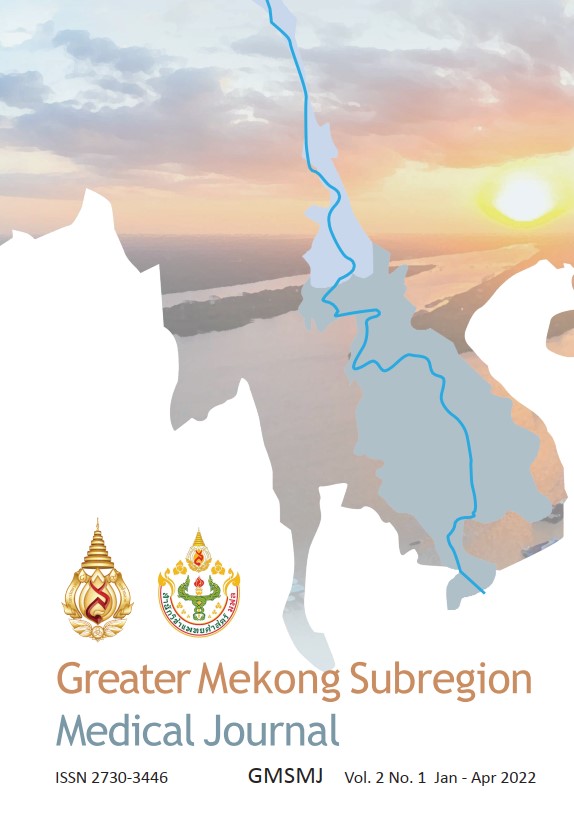CMV Enteritis and Guillain-Barré Syndrome after Stem Cell Transplantation for Lymphoma
Keywords:
Lymphoma, Stem cell transplantation, Guillain-Barré syndromeAbstract
We report a 31-year-old male from Kuwait, diagnosis of advanced diffuse large B-cell lymphoma stage IV presented with extradural mass and spinal cord compression at T6 level. After T7-T8 laminectomy with 4 cycles of rituximab, cyclophosphamide, doxorubicin, vincristine and prednisolone (R-CHOP) chemotherapy and high dose methotrexate (MTX) only one time then followed with 4 cycles of rituximab, cyclophosphamide, vincristine, doxorubicin, and dexamethasone (R-Hyper CVAD)/high dose MTX and cytarabine (Ara-C). The non-myeloablative stem cell transplantation (NMSCT) was performed because of morbid obesity (body weight 135 kg). The conditioning regimen was thiotepa, fludarabine and cyclophosphamide. The graft versus host disease (GVHD) prophylaxis was short-course methotrexate and tacrolimus. The patient developed chronic diarrhea with abdominal pain caused by CMV colitis on day 57 post-transplant and was treated with ganciclovir. Subsequently he developed Guillain-Barré syndrome manifested with progressive weakness of lower extremity which successful treatment with intravenous immunoglobulin (IVIg) 2 g/kg. The recovery of motor power was starting 2 days later. By the same period, patient developed pancytopenia from stem cell rejection. The 0.95 x 106/kg of stem cell was re-infused on day 72 post-transplant and reachieved engraftment 13 days later. The motor power was recovered from grade I to grade IV and he was able to walk with walker support after 25 days treatment of IVIg
References
Visser LH, van der Meche FG, Meulstee J, et al. Cytomegalovirus infection and Guillain-Barré syndrome: the clinical electrophysiologic and prognostic features. Dutch Guillain-Barré Study Group. Neurology. 1996; 47(3): 668-73.
Prodduturi P, Bierman JP. Current and emerging pharmacotherapies for primary CNS lymphoma. Clin Med Insights Oncol. 2021; 6: 219-31.
Kondo E, Ikeda T, Goto H, et al. Pharmacokinetics of thiotepa in highdose regimens for autologous hematopoietic stem cell transplant in Japanese patients with pediatric tumors or adult lymphoma. Cancer Chem Pharm. 2019; 84; 849-60.
Cytomegalovirus infection in bone marrow transplant patient. Bhat V, Joshi A, Sarode R, et al. World J transplant. 2015; 5 (4): 287-91.
McCloskey M, Huhn L, Horgan P, et al. Increased graft failure and mortality following cytomegalovirus disease in kidney transplant recipients undergo contemporary immunosuppression and CMV prophylaxis. Transplantation. 2014; 98: 621.
Crumpacker CS. Ganciclovir. N Engl J Med. 1996; 335: 721.
Drugs for non-HIV viral infection. Treatment Guideline Med Lett. 2007; 5: 59.
Van Doorn AP, Kuitwaard K, Walgaard C, et al. IVIG treatment and prognosis in Guillain Barré syndrome. J Clin Immunol. 2010; 30:74-8.
Walgaard C, Jacobs CB, Lingsma FH, et al. Second intravenous immunoglobulin dose in patients with Guillain-Barré syndrome with poor prognosis (SIDGBS): a double-blind, randomized, placebo-controlled trial. The Lancet. 2021; 20 (4): 275-83.






